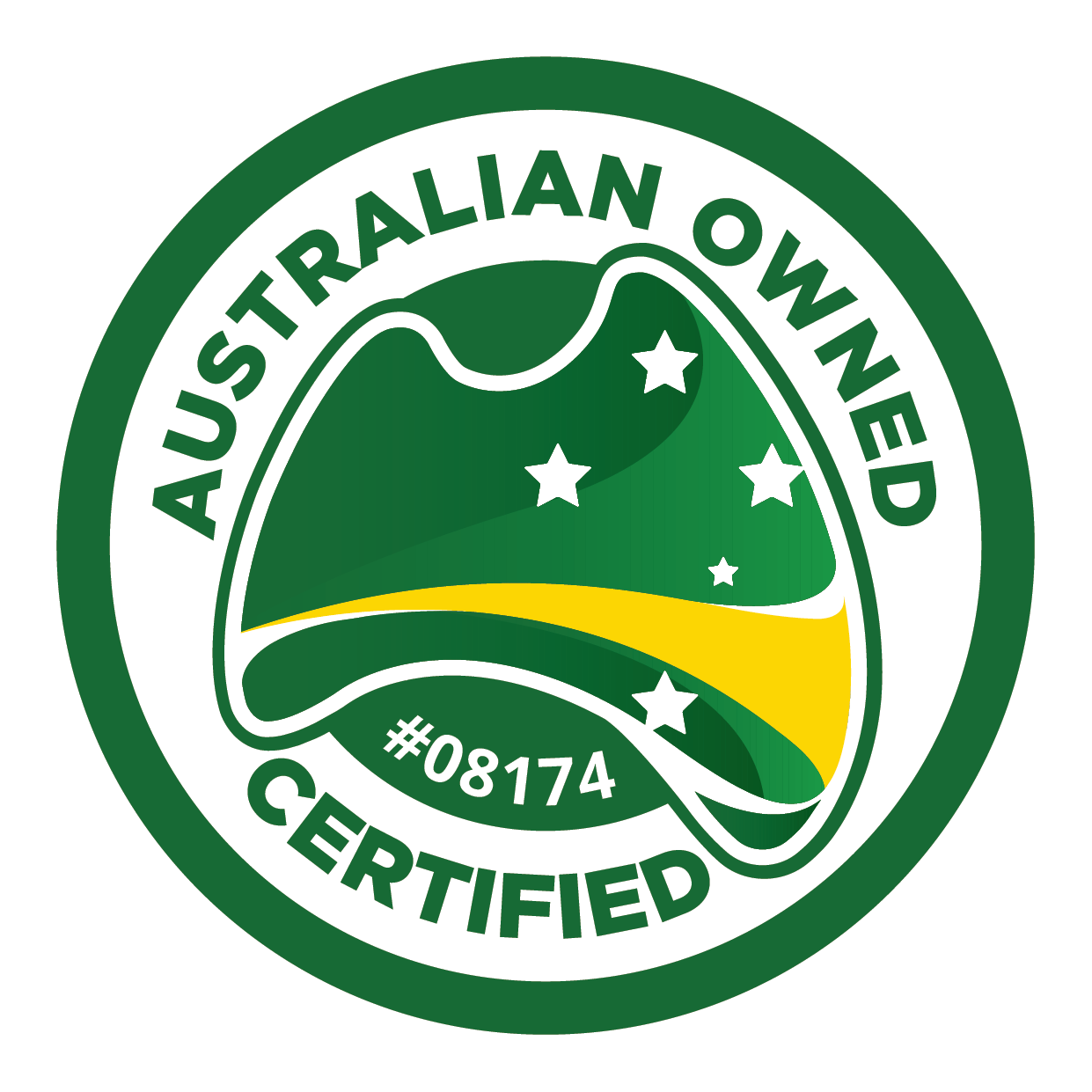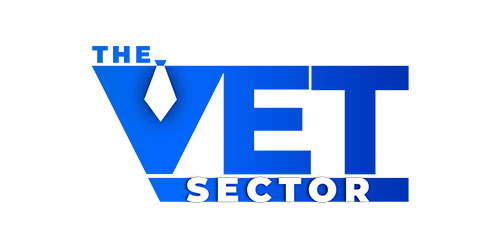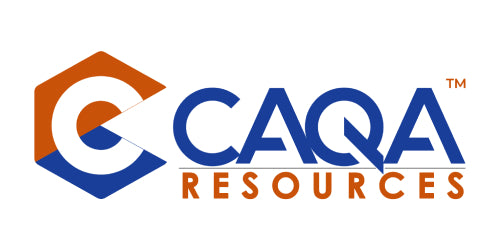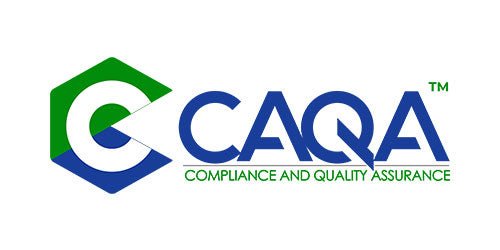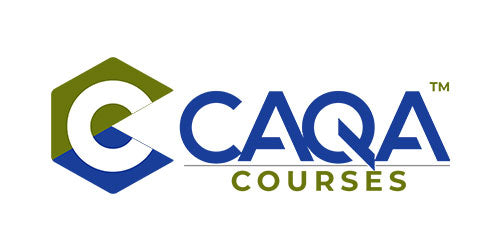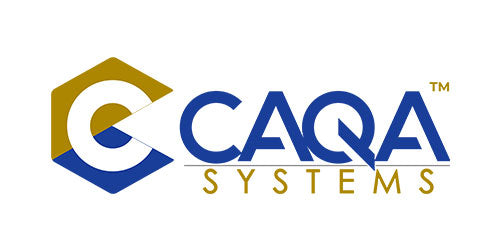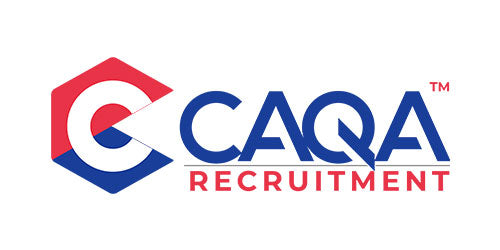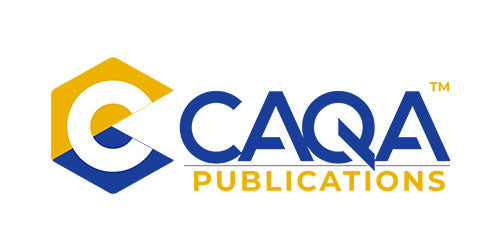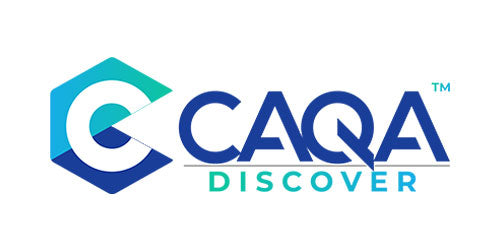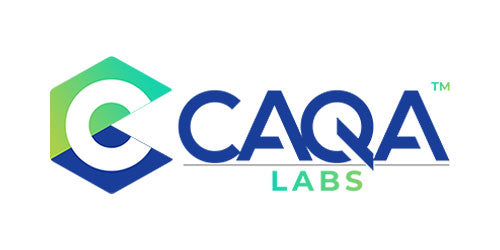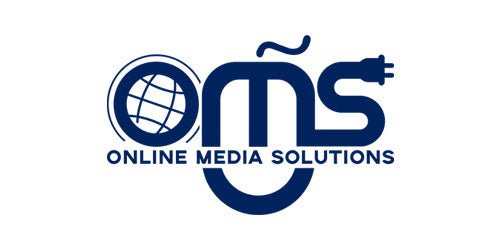In the dynamic landscape of vocational education and training (VET), Registered Training Organisations (RTOs) play a pivotal role in shaping the workforce of tomorrow. At the heart of this responsibility lies Clause 1.1 of the Standards for RTOs 2015, a fundamental principle that underpins the entire training and assessment process. This clause mandates that an RTO's training and assessment strategies and practices, including the amount of training provided, must align seamlessly with the requirements of training packages and VET accredited courses. Moreover, these strategies must be designed to enable each learner to meet the requirements for every unit of competency or module in which they are enrolled.
The significance of Clause 1.1 cannot be overstated. It serves as the foundation upon which quality training is built, ensuring that learners receive education that is not only compliant with national standards but also genuinely prepares them for the challenges of their chosen industry. By adhering to this clause, RTOs demonstrate their commitment to delivering relevant and effective training, ultimately contributing to a skilled and competent workforce.
At its core, Clause 1.1 emphasises the importance of consistency between an RTO's training and assessment strategies and the requirements set forth in training packages and VET accredited courses. This consistency is crucial for several reasons. Firstly, it ensures that learners across different RTOs receive training that meets the same national standards, promoting equity and quality in the VET sector. Secondly, it provides employers with confidence that graduates possess the skills and knowledge required for their industry, regardless of where they completed their training.
To achieve this consistency, RTOs must engage in a thorough and ongoing process of analysing training package requirements and VET accredited course specifications. This involves not only understanding the content of each unit of competency or module but also grasping the broader context and industry expectations. RTOs must stay abreast of any changes or updates to training packages, ensuring that their strategies remain current and aligned with industry needs.
The development of training and assessment strategies is a complex task that requires careful consideration of multiple factors. RTOs must design comprehensive plans that outline how they will deliver training and conduct assessments for each qualification or course on their scope of registration. These strategies should detail the specific methods, resources, and approaches that will be used to impart knowledge and skills to learners, as well as how competency will be assessed.
One critical aspect of Clause 1.1 is the emphasis on enabling each learner to meet the requirements for their enrolled units of competency or modules. This learner-centric approach recognises that individuals come to training with diverse backgrounds, experiences, and learning styles. RTOs must, therefore, develop strategies that are flexible enough to accommodate these differences while still ensuring that all learners have the opportunity to achieve the required competencies.
To achieve this, RTOs often employ a range of teaching and assessment methods. These may include traditional classroom-based instruction, practical workshops, online learning modules, workplace-based training, and various forms of assessment such as written tests, practical demonstrations, and project work. The key is to create a balanced and comprehensive approach that addresses all aspects of the required competencies, from theoretical knowledge to practical skills application.
The amount of training provided is another crucial element highlighted in Clause 1.1. RTOs must carefully consider the volume of learning required for learners to develop the necessary skills and knowledge to meet unit or module requirements. This consideration should take into account factors such as the complexity of the competencies being taught, the learners' existing skills and knowledge, and the mode of delivery.
Determining the appropriate amount of training is a nuanced process that requires a deep understanding of both the training package requirements and the needs of the learner cohort. RTOs must strike a balance between providing sufficient time for learners to develop competency and ensuring that the training remains efficient and engaging. This often involves conducting initial assessments to gauge learners' existing skills and tailoring the training duration accordingly.
It's important to note that the amount of training can vary significantly depending on the qualification level and the learners' backgrounds. For example, a Certificate III qualification delivered to school leavers with no prior industry experience may require a longer training duration compared to the same qualification delivered to experienced workers seeking formal recognition of their skills. RTOs must be prepared to justify their decisions regarding training duration and demonstrate how their chosen approach enables learners to meet the competency requirements.
Assessment strategies play an equally important role in meeting the requirements of Clause 1.1. RTOs must develop assessment tools and processes that accurately measure a learner's competency against the standards set out in the training package or VET accredited course. These assessments must be valid, reliable, flexible, and fair, ensuring that they provide an accurate reflection of the learner's skills and knowledge.
Effective assessment strategies often incorporate a mix of methods to capture different aspects of competency. This might include knowledge tests to assess theoretical understanding, practical demonstrations to evaluate hands-on skills, and projects or case studies to assess the ability to apply knowledge in realistic scenarios. The key is to ensure that the assessments comprehensively cover all aspects of the unit of competency or module, including any critical aspects of evidence specified in the training package.
RTOs must also consider the timing and frequency of assessments. While summative assessments at the end of a training period are common, many RTOs also incorporate formative assessments throughout the learning process. This approach allows for ongoing feedback and early identification of areas where learners may need additional support, aligning with the clause's requirement to enable each learner to meet the competency requirements.
Compliance with Clause 1.1 also necessitates a commitment to continuous improvement. RTOs should regularly review and evaluate their training and assessment strategies to ensure they remain effective and aligned with current industry practices and training package requirements. This might involve seeking feedback from learners, trainers, and industry representatives, as well as analysing assessment results and completion rates.
The implementation of Clause 1.1 requires a holistic approach that permeates all aspects of an RTO's operations. From the initial design of training programs to the delivery of instruction and the conduct of assessments, every decision and action should be guided by the principles outlined in this clause. This holistic approach ensures that the RTO's strategies and practices form a cohesive and effective system for developing learner competency.
One of the challenges RTOs face in implementing Clause 1.1 is maintaining consistency across different delivery modes. With the increasing prevalence of online and blended learning approaches, RTOs must ensure that their strategies are adaptable to various delivery contexts while still meeting the core requirements of the training package or VET accredited course. This might involve developing specific resources for online learners, implementing virtual practical assessments, or providing additional support mechanisms for those studying remotely.
Another important consideration is the need to cater to diverse learner groups. RTOs often work with students from a wide range of backgrounds, including school leavers, career changers, and experienced workers seeking to upskill. Strategies must be flexible enough to accommodate these different learner profiles while still ensuring that all students have the opportunity to meet the competency requirements. This might involve offering different entry pathways, providing additional support for learners with limited prior experience, or developing accelerated programs for those with existing skills in the field.
The role of industry engagement cannot be overstated when it comes to implementing Clause 1.1 effectively. RTOs should maintain strong connections with relevant industry sectors to ensure that their training and assessment strategies remain aligned with current workplace practices and expectations. This might involve regular consultations with industry advisory bodies, partnerships with local businesses for work placements, or inviting industry experts to provide input on assessment tasks.
Documentation plays a crucial role in demonstrating compliance with Clause 1.1. RTOs must maintain comprehensive records of their training and assessment strategies, including the rationale behind key decisions such as the amount of training provided and the assessment methods chosen. These documents serve not only as evidence of compliance but also as valuable tools for internal review and continuous improvement.
It's worth noting that compliance with Clause 1.1 is not a one-time achievement but an ongoing process. As training packages are updated, industry practices evolve, and learner needs change, RTOs must be prepared to adapt their strategies accordingly. This requires a culture of flexibility and responsiveness within the organisation, where staff at all levels are committed to maintaining the quality and relevance of the training provided.
The implementation of Clause 1.1 also has significant implications for the professional development of trainers and assessors. To deliver training and conduct assessments that meet the clause's requirements, these professionals must have a deep understanding of the training package or VET accredited course, as well as current industry practices. RTOs should invest in ongoing professional development opportunities to ensure their staff remain up-to-date and capable of delivering high-quality training and assessment.
Technology can play a valuable role in supporting compliance with Clause 1.1. Learning management systems, for example, can help RTOs track learner progress, manage assessment submissions, and ensure consistent delivery of training content across different cohorts. Similarly, e-portfolio systems can provide learners with a platform to demonstrate their competency development over time, aligning with the clause's focus on enabling each learner to meet the requirements of their enrolled units.
Ultimately, successful implementation of Clause 1.1 requires a commitment to quality that permeates every aspect of an RTO's operations. From the leadership team setting the strategic direction to the trainers and assessors working directly with learners, everyone in the organisation plays a role in ensuring that training and assessment strategies are consistent, effective, and aligned with national standards.
In conclusion, Clause 1.1 stands as a cornerstone of quality training and assessment in the VET sector. By ensuring that their strategies and practices are consistent with training package requirements and enable learners to meet competency standards, RTOs fulfill their crucial role in developing a skilled and capable workforce. While implementing this clause presents challenges, it also offers opportunities for RTOs to differentiate themselves through excellence in training delivery and learner outcomes. As the VET sector continues to evolve, the principles embodied in Clause 1.1 will remain central to the provision of high-quality, industry-relevant training that truly prepares learners for success in their chosen fields.
















